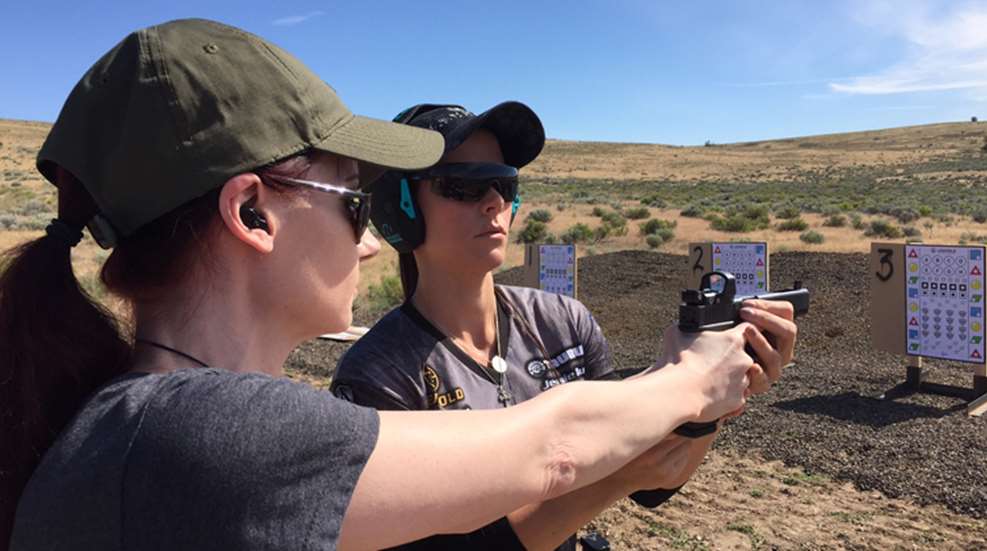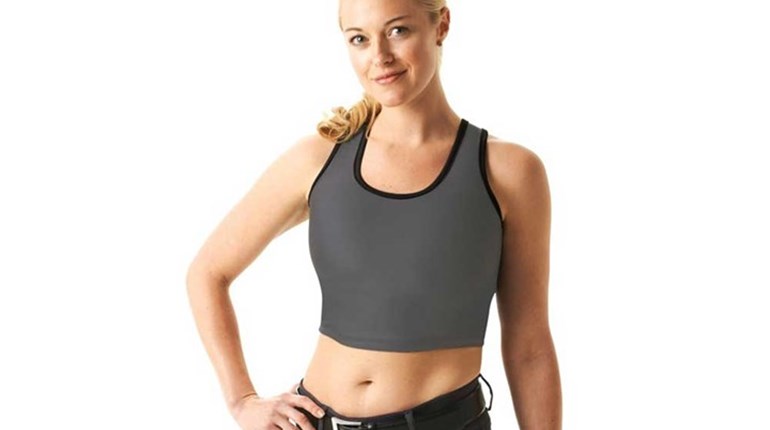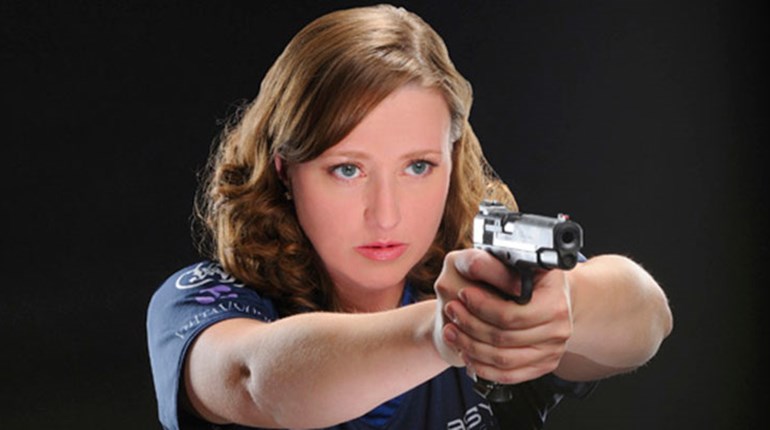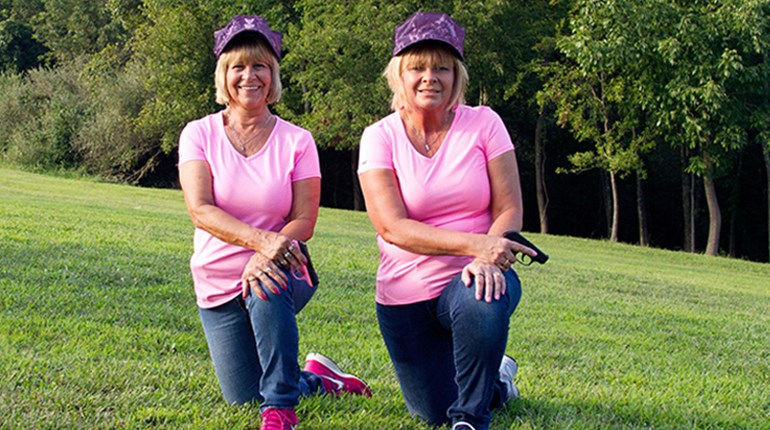
You can always count on dissent in discussions among gun owners—except for when the topic is whether women are better shooters than men. In that rare case, opinion seems to be unanimous, and there's plenty of evidence to bring to bear on the subject. Statistics from competitions, analysis from serious shooting experts and anecdotal reports can give us clues as to whether and in what ways it is true. Are there gender-based differences in shooting ability? If so, do physical, mental or cultural factors explain them? I don't pretend to have all the answers, but after 32 years of military coaching and training, I do know this:
1. Every woman I ever trained on the Army .45 fired Expert on the first day of training.
2. My wife and both my daughters can outshoot me.
During the years from 1965 to 1985, my assigned handgun was the notorious M1911A1 .45 ACP pistol. For many soldiers, the .45 was daunting. Lore had it that it kicked like a mule, was hard to shoot and not very accurate. Many soldiers bragged that its weight made it a good weapon to throw. We all know now that it is a wonderful, accurate and effective pistol.
Having shot “Expert” with the .45, I got to run the ranges and train new shooters. It's important to note that qualifying Expert does not mean that I was or am an expert competitive shooter. During that period we shot at pop-up E-Type silhouettes or fixed paper targets at relatively short ranges with generous amounts of time, and could score Expert having missed one or more targets completely.
In one Infantry Division assignment, I had about 95 officers authorized to carry the .45. Part of my company was the division’s Marksmanship Training Unit (MTU). One day at a training range I was killing an E-type silhouette at 30 meters. By "killing" I mean I was killing it thoroughly—the target had holes scattered over its entire "body." It was really, really dead. In the next lane was one of the MTU guys with his tuned-up, accurized .45. He asked me how I was doing, and I said that my old arms room .45 wasn’t nearly as good as his. He politely took my pistol and put seven shots into a half-dollar-sized group in about five seconds. One-handed. Smiling, he agreed that his firearm was a little more accurate. Humbling? Yeah, you betcha!
In the next 10 minutes he put me through what I now know as the “Ball and Dummy” exercise. After only eight rounds with his quiet coaching, I was putting all my shots in a coffee-cup-sized group at 30 meters. He was SSG Rojelio “Ray” Arredondo, later to fire on the U.S. Olympic team, and one of our great all-time pistol coaches.
From then on I got serious about helping other shooters, and trained lots of officers to fire the .45 during the rest of my service.
As a military logistician, my units (after the Women’s Army Corps disbanded) had around 20 percent female personnel in both officer and enlisted ranks. All the women fired Expert their first day, but less than a third of the men did so. Several men had to re-train and repeat the course to qualify. This pattern continued when the 9mm replaced the .45 in 1985, until I retired in 1997. It also appeared that differences in musculature and hand size had no effect on the scores.
With only this unscientific history I offer this explanation: The women were more coachable. Told how to hold the gun, that’s the way they held it. Told to look at the front sight, that’s what they looked at. Told what I thought they were doing wrong, their first instinct was to believe me. Among the male shooters that had problems, those traits were less common. I believe Ray Arredondo was able to overcome my male “thickness” because he showed me in a way that I couldn’t deny that I didn’t know what I was doing, and that I could stand to benefit by coaching. Maybe the women I trained were already there.
Author's note: The M1911A1s in the author’s arms room in 1978 probably included guns manufactured as early as 1924. In the meantime they had been fired by hundreds of soldiers and maintained by dozens of different armorers, who had replaced or interchanged many parts one or more times. As long as the firearm was clean, fired reliably, passed a simple function test and had visible lands and grooves in the barrel, it would pass inspection. Made to be more reliable than accurate, the worst of them could group to 5 inches in 25 to 30 yards, making the gun entirely suitable for its purpose. “Accurized” .45s have closer tolerances, require more care and are less reliable under field conditions.
Editor's note: Are you interested in helping to coach new shooters? Click here! Are you interested in being coached? This is the link for you.






































